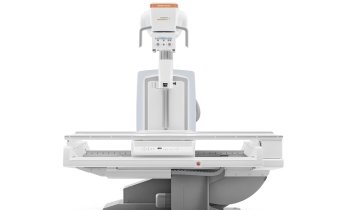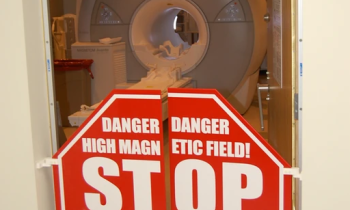Save money: improve pain care in hospitals
Only individualised pharmacotherapy can maintain the quality of life for patients suffering from severe pain – and the benefit for the healthcare system is a resulting reduction in costs. A report by Anja Behringer.

Specialists in palliative medicine agree that in over 90% of tumour patients pain can be alleviated with modern medication and unnecessary suffering can thus be avoided. The fact that this doesn’t always happen has different reasons. There is a lack of care because of missing structures, or a lack of coordination and therapy concepts. Patients may, for instance, have the medication prescribed by their GP changed on hospital admission or discharge.
Due to increasing life expectancy the occurrence of chronic pain, as well as of tumorous diseases and the associated severe pain, is also on the increase. In addition, in Germany the recommended approach for the assessment of pain in case of dementia (officially described in the BESD guidelines) does not actually make it possible to recognise pain in a large number of patients with cognitive limitations.
Further studies are necessary to improve pain diagnosis for this group of patients and therefore to optimise the nurses’ capability to act, from the point of first intervention to subsequent pain reduction. 61.6% of anaesthetists, 53.6% of nurses and a quarter of registrars and consultants are aware of the hospitalspecific critical values for pain therapy adaption. Almost half (44.7%) of all analgesics used in hospital are nonopioid medicines (WHO Level 1). Strong opioids (WHO level 3) make up 35.2%. As recommended in valid standards and guidelines, strongly effective analgesics should be used at an early stage as they alleviate pain more effectively.
The administration of pain relief should also be improved prior to situations likely to increase levels of pain, such as rising, being moved, or walking. Other illnesses and concomitant medication must be taken into consideration to avoid undesired interactions. No two types of pain are exactly the same. Pain resulting from tumours and pain experienced after surgery require different kinds of medication. Each change of opioid medication has side effects, which is why the drugs should be appropriately matched. All patients have individual reactions to the drugs administered and need to be carefully adjusted to the analgesics. This treatment requires a lot of time and knowledge. Doctors still don’t receive the appropriate training in the treatment of pain, which is why this part of therapy is being handed over to the newly created position of ‘Pain Nurse’. On doctors’ written orders, these nurses have permission to administer analgesics – which obviously should be in stock - to patients within half an hour to customise the pain therapy to a patient’s individual needs.
In Germany’s first ‘Pain-free City’, Muenster in Westphalia, an Action Alliance of all those involved in municipal healthcare, sponsored by a pharmaceutical company, certified the first qualified pain nurses. Head of the project, Professor Jügen Osterbrink of the Paracelsus Medical Private University Salzburg thinks it is vital for all occupational groups involved in treatment to communicate and cooperate. ‘With the changing structures in hospitals pain management must also change. All societies agree that a switch to generic products is likely to be damaging. The guidelines require there to be an agreement between doctors, pharmacists and nurses. Treatment should be based on effective medication rather than guided by cost. Successful treatment reduces costs because it shortens the patient’s stay in the hospital. Investment in doctors’ and nurses’ training is a prerequisite,’ he urges.
The professor also states that hospitals need to be well prepared for their patients’ requirements and the increasing occurrence of multimorbidity when it comes to pain therapy. Asked about the situation in other European countries he explains: ‘In Switzerland, The Netherlands and Scandinavia there is a longstanding tradition in this field amongst hospital nurses. We also need to achieve such a high level of care in Germany.”
At a Pain and Palliative Care Day in Limburg, organised by pharmaceutical company Mundipharma, doctors from the German Pain Association (DGS) and the German Pain League (DSL) pleaded for the implementation of the recommendations listed in the newly introduced tumour pain guidelines. According to those, morphine is no longer the medication of choice, but the guidelines urge the use of beneficial modern drugs and also advise against changing strong opioids without medical reasons.
Professor Gerd Mikus, clinical pharmacologist at Heidelberg University Hospital, reported that the data on morphine use worldwide – Germany, England, France, Canada and the USA – as established by the International Narcotics Control Board (INCB), indicate a reduction in use. Compared to other strong opioids it has the smallest scope of application and, apart from more side effects, has an ‘active metabolite, which, in case of limited kidney function, can accumulate’. It was concluded that only individualised pharmacotherapy can maintain the quality of life for patients suffering severe pain. The benefit for the healthcare system is the resulting reduction in costs.
16.07.2012









